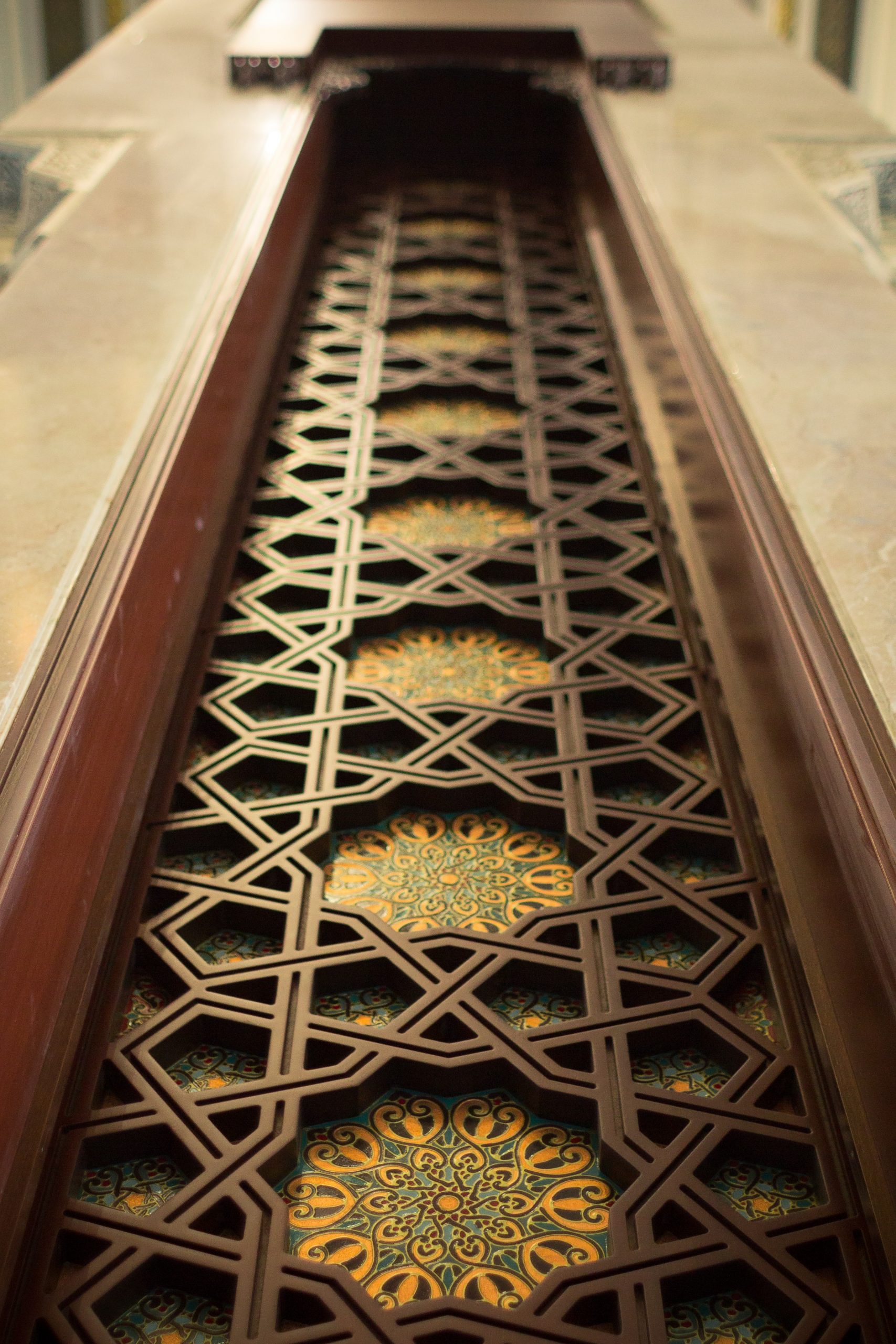
Seremban must preserve what’s left of railway history
Published on February 27, 2020 | by freemalaysiatoday.com
Half a century ago, this train station carried raw materials and passengers of all races. Built at a cost of $26,000, the Seremban train station was once the pride and joy of the locals.
Like many towns in Malaya, the infrastructure of old Seremban was centred on transporting tin ore and other raw materials like aggregate comprising gravel, pebbles and cobbles for road building.
Now of course the roads are paved with tar and the tin mines have long disappeared.
In 1995, the authorities brought the train station back to life by introducing the KTM Komuter train service.
To the untrained eye, the buildings may look shabby and not as impressive as some other train stations but to the locals in Seremban, the train station bears testimony to years of history.
The station is essentially fashioned in a simplistic form, consisting of an oblong one-storey building containing the station offices at the southern half.
The ticketing facilities and passenger concourse are located at the northern half of the building; with both halves centred by a brick-and-plaster entranceway.
The station features verandas supported by carved wooden beams sporting curved motifs.
A white clock tower is erected on the roof of the building, topped by an onion-shaped dome. The tip of the roof is adorned with wooden carvings and have small pinnacles on its upper ends.
Many people are unaware of the beautiful old godowns which are hidden at the far end opposite PR1MA Bukit Rasah, Seremban.
These godowns, also known as warehouses, were previously hidden from public view. Now they are visible due to the present clearing of land for new projects.
By looking at the godowns, you have a first-hand view of the classic architectural style of the old British era during the early 1900s.
The curved windows and wide doors allow you to unlock a treasure trove of rich history with just a glimpse.
It is good for the nation’s history if these godowns are preserved and re-purposed to house vintage trains, cargo vessels and memorabilia like old train tickets, signage and antiques from a bygone era.
Instead of flipping through history books and researching online, history buffs can simply drop by and take a physical trip to relive the past.
The people of Seremban have already witnessed the demolition of the iconic St Paul’s Institution and the Convent of the Holy Infant Jesus.
Both these famous missionary schools were demolished in the late 1970s to make way for development. The Convent of the Holy Infant Jesus was one of Seremban’s oldest schools before it was torn down in the name of progress.
Where a grand institution of learning once stood, today there is a shopping mall – an eyesore in a sad state of disrepair.
The area has now become somewhat run down, dominated by a large stagnant lake circled by a barbed wire fence.
Originally the plan was to turn this plot of land into a mixed business development, but obviously these plans have long since been abandoned.
Ninety-year-old historical buildings unceremoniously torn down only reflect the utter disregard for the nation’s heritage, culture and history. Seremban’s colonial heritage buildings have been lost forever for nothing.
Is history doomed to repeat itself or is the present government able to step in and take the appropriate action to preserve the railway buildings and therefore some of Seremban’s history?
Let’s not have a repeat of the destruction of St Paul’s Institution and the Convent of the Holy Infant Jesus. Something must be done before these classics are lost forever in the hands of developers.








